Learning the ins and outs of deep cycle battery charging is the secret to extending the life of your batteries. There are many things you need to do and even more you don’t do, as I’ve learned from experience and readings.
This instructional post will teach you the best way to charge a deep cycle marine battery used on boats to power a trolling motor and other electric gadgets.
Let’s begin!
Contents
Use a smart battery charger
It seems like all devices nowadays are “smart”. This is true for deep cycle battery chargers as well in 2024.
One of the best things you can do to prolong the life of your battery is to get a smart charger.
No joke!
This is because smart chargers have:
- Multi-stage charging, meaning it automatically modifies its output based on what stage the charging process is at. This speeds up the process and protects your battery at the same time.
- Automatic temperature compensation prolongs battery life by 15% by measuring temperature and compensating charge output accordingly.
- Led display / lights so you know what stage the charging process is at.
- Short circuit and reverse polarity protection is built into the better chargers to prevent operation under improper hook-up.
The old “not-smart” chargers had to be turned on and off by hand, as well as set the voltage and current. It was way too easy to damage batteries by overcharging or charging too quickly.
Depending on where your batteries are located and how you use them, you may need a:
- Portable battery charger, which you can take with you and hook up to a battery wherever it may be. This is used for charging trolling motor batteries of inflatable boats and kayaks.
- Onboard battery charger, which is used when batteries are built into the boat and you can charge them right there. Typically, these are on bigger boats that have outboard engines.
- Home charger, for charging a battery at home and maintaining during winter.
Smart battery chargers are very useful at optimizing the charging process automatically, and even trickling power to your battery when you’re not using it in the off-season.
Best way to charge a trolling motor battery
If you have an onboard charger, well, you don’t need to do much, just remember to plug in when you dock. Check the terminals every few months though.
The below are the steps you should take to properly charge your battery with a portable charger or at home.
Before getting started, you’ll need to have a few things handy:
- Battery charger, preferably a smart one for the reasons I’ve outlined
- Clean rag to dry and clean the battery terminals
- Rubber gloves to protect yourself
Step 1: What kind of battery do you have?
This guide on correctly charging deep cycle batteries is ONLY applicable to maintenance-free AGM and Lithium batteries. These types of batteries charge in a fraction of the time as traditional lead-acid batteries. AGM and lithium batteries are also maintenance-free and shock-resistant. You really should not be using flooded cell or gel batteries on a boat anymore.
After doing a lot of research, I can say that these are the best marine deep-cycle batteries in 2024.
Make sure your charger is suited for your battery chemistry. Some chargers can handle all types of batteries, while others are made for only a single battery chemistry.
Step 2: Turn off the battery and disconnect everything
This step seems evident, but I’ve seen several people start messing with their batteries when they were running their trolling motor.
- You need to turn off anything running off of your batteries before progressing.
- You also need to disconnect everything from the terminals.
- There might also be a switch on your battery box which you need to move to the OFF position.
These are important in avoiding a surge or electrical damage.
Also, do not connect the AC power plug to your charger yet. Check the instructions on your charger for when you need to plug it in, as this varies by charger.
Step 3: Check battery terminals
Take the lid off your battery box (if you have one), and make sure battery terminals are dry, clean and corrosion free. Buildup on the battery terminals causes connection problems and can even become dangerous.
If you see any corrosion, you’ll need to clean it using baking soda and water like this.
Step 4: Connect the smart charger to the battery
Next, you will connect the charger clips to the battery’s terminals.
Now you might be asking, “Do you connect the positive or the negative terminal first?”
Connect the positive (red) cable first to the positive terminal, and the negative (black) cable second to the negative terminal. The order of connecting the terminals matters.
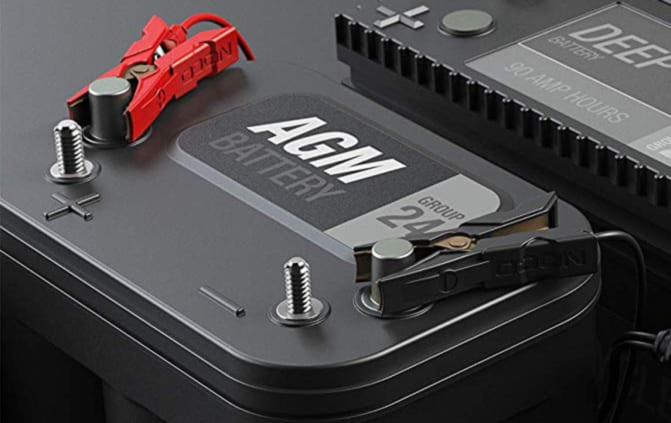
By the way, after you finish charging, the order of DISconnecting the cables is the opposite.
Step 5: Check settings on the charger
Before turning the charger on, you want to make sure the charger’s settings are configured appropriately. Read its manual before you turn on the charger.
You might need to adjust a few things:
- Batteries of differing chemistry are charged differently, so there might be a selector button to alter the charging algorithm.
- Select whether you are charging a 6, 12 or 24-volt deep cycle battery.
- In case your charger has an amp output option, you will want to set it to max 20 percent of the Ah rate of the battery.
Here is what it looks like on the NOCO genius 10, which is a great charger by the way. It can handle all battery chemistries and is on sale on Amazon.
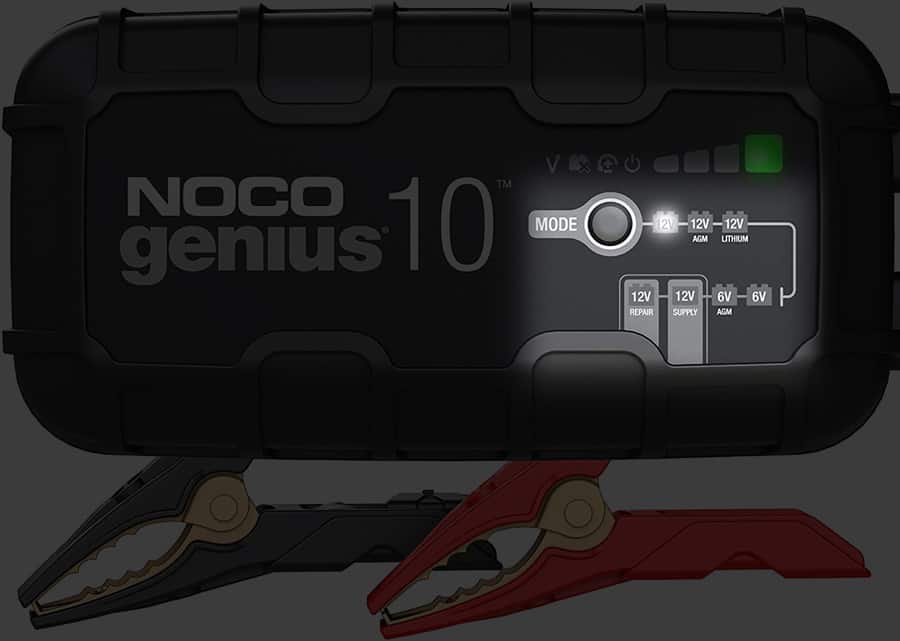
Step 6: Turn on the charger
Double-check that:
- the terminals are corrosion free
- you hooked up the positive/negative cables correctly
- your battery type (AGM or Lithium) can be handled by the charger
If everything checks out, you can turn the charger on, and wait.
As I mentioned, a smart charger is hands-free from this point. It calculates the best way to charge your battery in real-time, so you don’t need to worry about setting amps or stopping it.
The LED lights or display will let you know what stage the charging process is at.

Step 7: Disconnect charger
After your battery is full, you’re all set to go back out on the water.
You will need to turn off the charger and disconnect the cables from the battery terminals.
You disconnect the negative terminal first, then the positive one.
How long does it take to charge a deep cycle battery?
The length of time it takes to charge your battery depends on 3 variables:
- The amp output of your charger.
- The amount of charge left in your battery.
- The capacity of your battery.
For example, if you have a charger that can charge at 5 amps, and you are charging a 50 Ah battery which is at 50%, it will take a bit over 5 hours to charge. The “bit over” part is usually around 10% of the time you would calculate, since the charger slows down the charging of the battery when it nears a full charge.
Tips to extend battery life
Here are a few simple things you can do to maximize the life of your trolling motor batteries.
- Do not mix battery chemistry types.
- Do not mix new batteries with old ones.
- Do not let your batteries fully deplete. A good rule of thumb is to have 40% charge left in them when you recharge. Never let the charge get lower than 20%!
- Charge your batteries after each use as soon as you can. Don’t leave them depleted.
- Check battery terminals for signs of corrosion.
- In the off-season, you want to store your batteries in a dry place maintaining a trickle charge. If you do not have a maintenance charger for the offseason, fully recharge stored batteries every month. This keeps them in good working condition.
Battery charging Q&A
Here are a few common questions you will probably have when you first charge your batteries. If anything else comes to mind, please write it into the comment section and I’ll update this part of the page.
Can a trickle charger fully charge a deep cycle battery?
No, it cannot.
Trickle charges do not deliver enough power to fully charge a deep cycle battery. Trickle chargers are meant to maintain already charged batteries. They deliver around 1-5 amps, but you need at least 10-15 amps to charge a battery.
Can you speed up the battery charging process?
Yes on occasion, but know, that you decrease the life expectancy of your battery each time.
You can do this in 2 ways:
1. Increase the amp output of your charger if your charger allows. Most smart chargers don’t.
2. Only charge to 90% of the battery’s capacity. The last 10% takes longer, extending your total charging time disproportionately.
Do deep-cycle batteries discharge when not in use?
Yes, due to internal chemical reactions, all batteries self-discharge when not being used. The rate of their natural discharge depends on the battery chemistry, storage temperature and the condition of the battery.
AGM deep-cycle batteries have a self-discharge rate from 1% to 5% per month.
Lithium deep-cycle batteries have an even better discharge rate of 0.5% to 3% per month.
Can you use a battery right after charging?
You should not use a battery right after a recharge cycle.
Charging a battery produces a lot of heat in the battery. You should let it rest and cool off before you put the battery back to work. If you don’t, you run the risk of burning out your battery prematurely, which can lead to complete battery failure.
Should you charge a deep cycle battery at 2 amp or 10 amp?
When you start charging a fully depleted battery, using a higher amp level (such as 10 amps) is ideal.
As the battery gains power, you would switch to a 2 amp charge to avoid damaging the battery plates.
Smart battery chargers do this automatically.

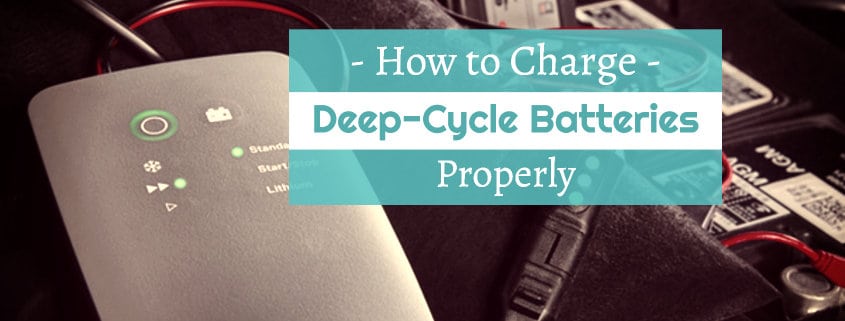
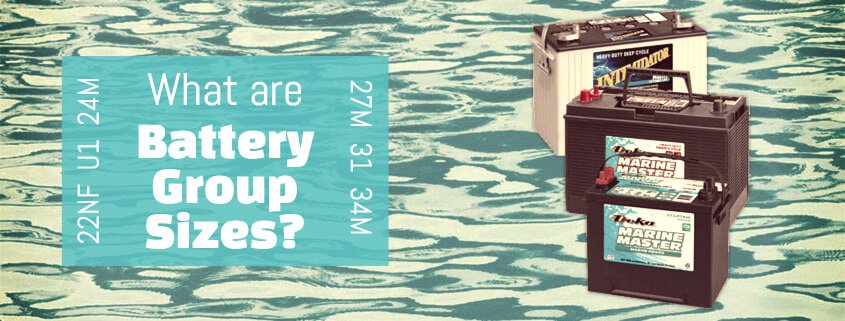
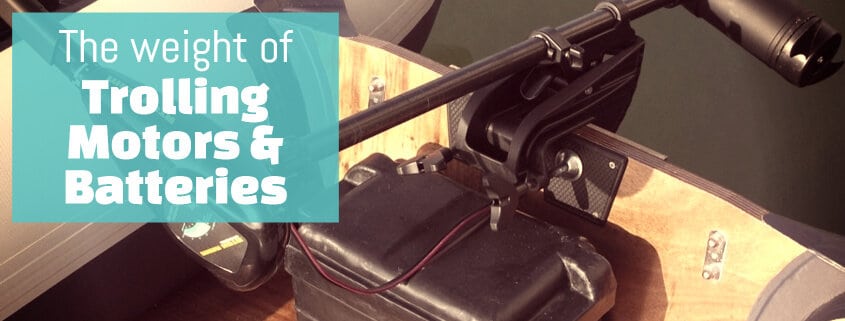
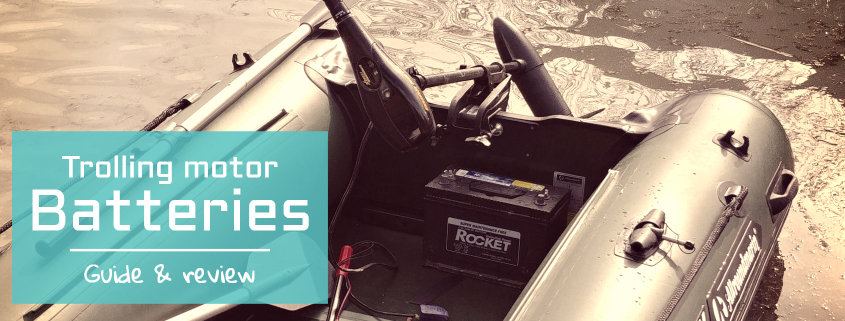

Happy Father’s Day! We have a marine Everstart battery, 135 aH 1000 MCA. We have a 12 volt 2A charger that doesn’t seem to be fully charging it. Recommendations?